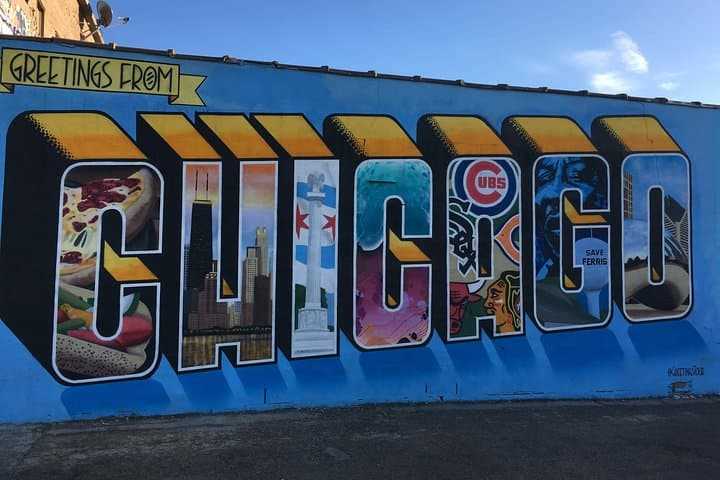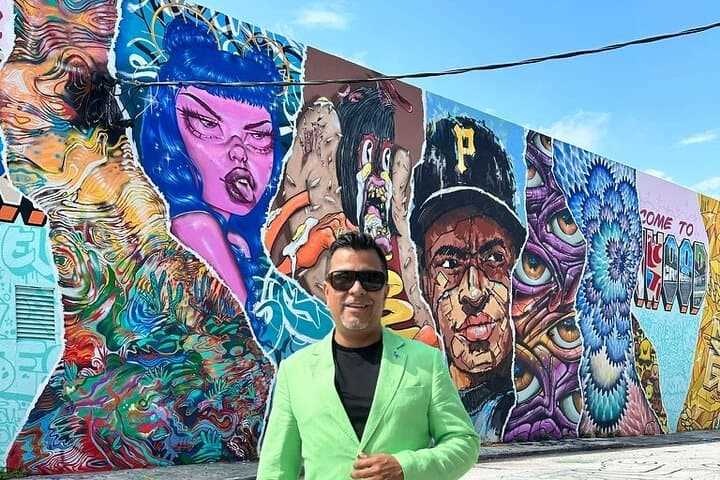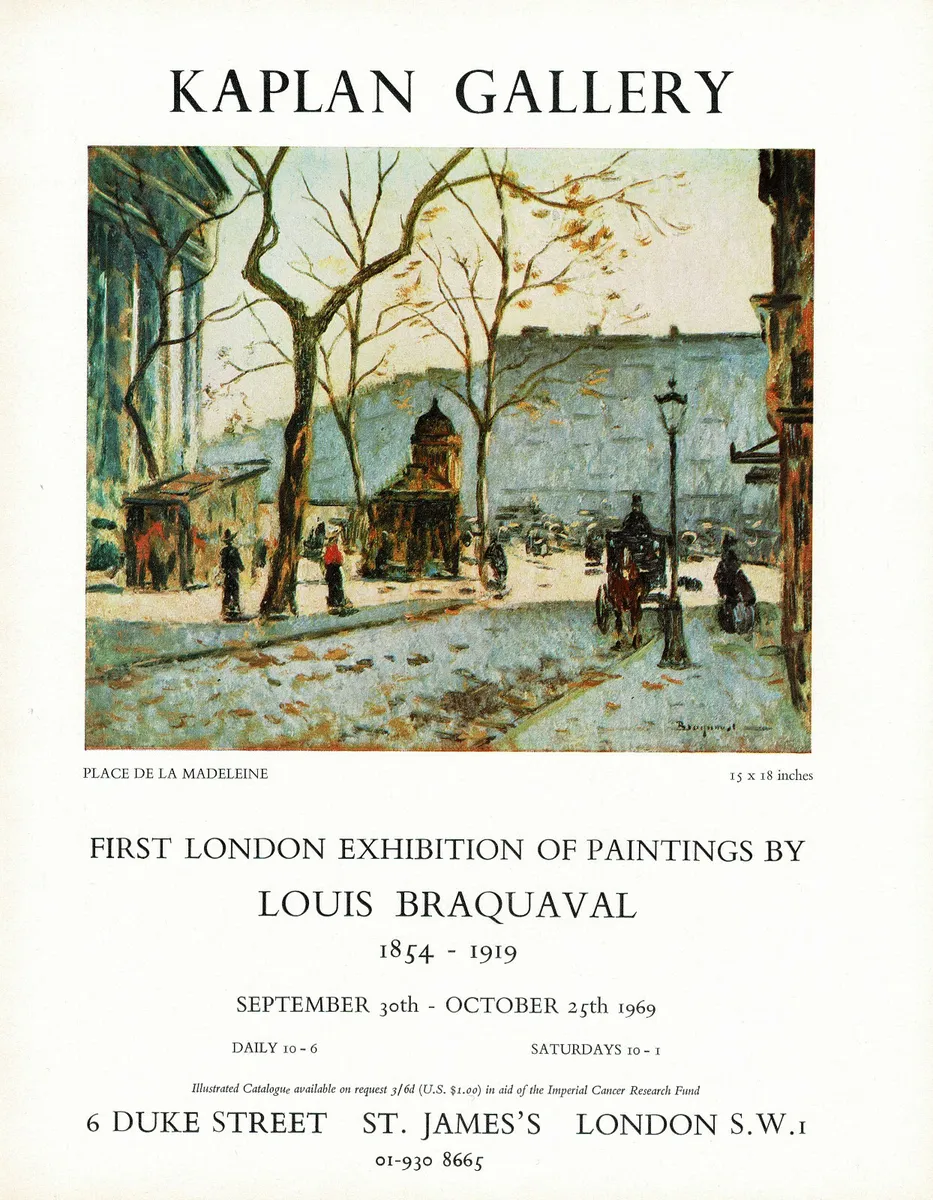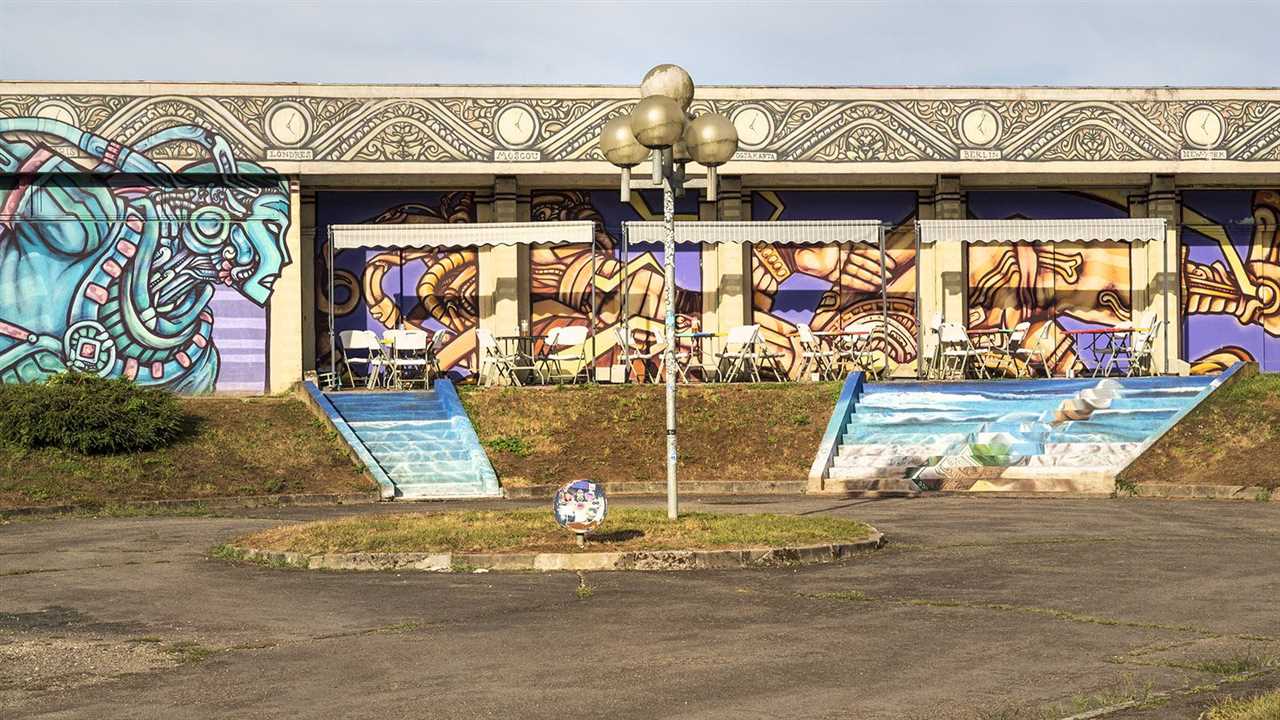If you are a fan of urban art and looking to experience the vibrancy of Chicago’s graffiti scene, then a street art tour is a must-do activity. Chicago is home to a thriving street art culture, with talented artists expressing their creativity on walls, buildings, and other public spaces throughout the city. From colorful murals to thought-provoking stencils, the street art in Chicago is diverse, engaging, and constantly evolving.
Embarking on a street art tour allows you to explore the hidden gems of Chicago’s graffiti scene while gaining insight into the artists’ inspirations, techniques, and messages behind their artwork. You will have the opportunity to discover the stories and meanings behind each piece, as well as learn about the cultural and historical context that influences the art.
During the tour, you will be guided by knowledgeable and passionate local guides who are well-versed in the city’s street art scene. They will take you to various neighborhoods, such as Pilsen, Logan Square, and Wicker Park, where you can view the most prominent and newest graffiti artworks. Marvel at the larger-than-life murals that cover entire building facades, admire the intricate details of smaller pieces, and appreciate the skill and creativity of the artists.
Whether you are an art enthusiast, a photographer, or simply someone who appreciates the beauty of urban art, a street art tour in Chicago is an immersive and eye-opening experience. It offers a unique glimpse into the city’s vibrant and ever-changing graffiti scene, providing a deeper understanding and appreciation for this form of expression. So, grab your walking shoes, camera, and an open mind, and get ready to embark on a captivating journey through Chicago’s street art landscape.
The Beginnings of Street Art in Chicago
The vibrant graffiti scene that you see today in Chicago didn’t happen overnight. It evolved over time, with its roots tracing back to the 1960s and 1970s. During this period, the city experienced significant urban decay, poverty, and social unrest, which created a fertile ground for artistic expression.
When it comes to street art, one name stands out – the Chicago-based artist, Ray Patlán. He is often considered one of the pioneers of the street art movement in the city. Patlán’s work reflected the political and social issues of the time, with powerful murals that depicted the struggles of the marginalized communities.
Another major influence on Chicago’s street art scene was the rise of hip-hop culture in the 1980s. Graffiti art became an integral part of this culture, with artists using walls and train cars as their canvas. This form of artistic expression allowed them to make their mark and convey their message to a wider audience.
As the years went by, street art continued to flourish in Chicago, becoming more diverse and prominent. Today, you can find a wide range of styles and techniques, from large-scale murals to intricate stencil art and wheatpaste posters.
Guided Street Art Tours in Chicago
If you’re a fan of street art and graffiti, Chicago is the place to be. The city is home to a vibrant and ever-growing street art scene, with talented artists from all over the world showcasing their work on buildings, alleys, and other public spaces.
To fully experience the beauty and diversity of Chicago’s street art, consider going on a guided street art tour. These tours are led by knowledgeable guides who are passionate about street art and can provide insights into the artists, their inspirations, and the significance of the artworks.
One of the advantages of going on a guided tour is that the guides often have personal connections with local artists, allowing them to provide behind-the-scenes stories and information that you might not get on your own. They can also help you discover hidden gems and lesser-known street art hotspots that you might otherwise miss.
Depending on the tour company and the length of the tour, you may also have the opportunity to interact with artists, ask them questions, and even try your hand at creating your own piece of street art during a workshop.
Whether you’re a street art enthusiast or just curious about this unique art form, a guided street art tour in Chicago is a great way to dive deep into the city’s vibrant graffiti scene. So grab your camera, put on your walking shoes, and get ready to be inspired by the stunning street art that awaits you in the Windy City.
| Tour Company | Neighborhoods Visited | Tour Duration |
| Chicago Street Art Tours | Pilsen, Wicker Park, Logan Square | 2-3 hours |
| Urban Art Chicago | Pilsen, West Loop, The Loop | 3 hours |
| Chicago Detours | Pilsen, Wicker Park, Bucktown | 2.5 hours |
Exploring Chicago’s Graffiti Hotspots

Chicago is known for its vibrant street art scene, with graffiti covering walls in various neighborhoods. If you’re interested in exploring this unique form of artistic expression, here are some must-visit graffiti hotspots in Chicago:
1. Pilsen

Pilsen, located on the city’s Lower West Side, is a hub for street art in Chicago. The neighborhood is known for its colorful murals that showcase a variety of themes, from social justice to cultural heritage. Take a stroll through Pilsen and you’ll be immersed in a world of graffiti art.
2. Wicker Park
Wicker Park, a trendy neighborhood with a vibrant art scene, is another hotspot for graffiti in Chicago. The streets are filled with eye-catching murals, tags, and stencil art. Explore the alleys and side streets of Wicker Park to discover hidden gems created by local and international street artists.
3. Logan Square

Logan Square is known for its diverse community and its thriving art scene. This neighborhood is home to numerous murals and street art installations that reflect the area’s cultural diversity. Take a walk down Milwaukee Avenue and you’ll encounter a wide range of graffiti styles, from colorful and abstract to meaningful and thought-provoking.
As you explore these graffiti hotspots, make sure to respect the artists and their work. Graffiti is a form of art that often carries a message or tells a story, so take the time to appreciate the creativity and skill that goes into each piece. Remember to capture some photos, but avoid touching or damaging the artwork. Enjoy your journey through Chicago’s vibrant graffiti scene!
Notable Street Artists in Chicago
Chicago is home to a thriving street art scene, with numerous talented artists who have made a significant impact on the city’s urban landscape. Here are some notable street artists in Chicago:
1. Hebru Brantley
Hebru Brantley is an internationally recognized Chicago-based artist known for his iconic characters such as Flyboy and Lil Mama. His colorful and whimsical murals can be found throughout the city, adding a touch of playfulness to the urban environment.
2. Sentrock
3. JC Rivera
JC Rivera is a Chicago-based artist best known for his iconic Bear Champ character. His signature style combines bold lines and vibrant colors, creating visually striking and playful murals that can be found in various neighborhoods throughout the city.
4. Max Sansing
Max Sansing is a Chicago-born artist whose work explores themes of identity, race, and urban culture. His murals often feature larger-than-life portraits that capture the diversity and energy of the city.
5. B-boy
These are just a few of the many talented street artists who have left their mark on the walls of Chicago. Their work adds vibrancy, creativity, and a sense of community to the city’s streets, showcasing the rich artistic talent that Chicago has to offer.
The Impact of Street Art on Chicago’s Culture

Street art has had a profound impact on the culture of Chicago. The vibrant graffiti scene in this city has not only transformed the physical appearance of various neighborhoods, but it has also played a significant role in shaping the cultural identity of the local community.
One notable aspect of street art in Chicago is its ability to foster a sense of pride and ownership among residents. Many artists create murals that represent the history, heritage, and diversity of the city. These artworks serve as a visual reminder of the rich cultural tapestry that Chicago is known for, and they instill a sense of belonging among those who live here.
Street art also acts as a platform for social and political commentary. Artists often use their work to address important issues, such as inequality, gentrification, and social justice. These murals become powerful voices in public spaces, sparking conversations and encouraging people to think critically about the world around them.
Furthermore, street art has become a form of economic revitalization in many neighborhoods. Graffiti walls have attracted tourists and art enthusiasts from all over the world, boosting local businesses and creating opportunities for artists to sell their work. This symbiotic relationship between street art and the local economy has helped turn neglected areas into vibrant cultural hubs.
| Positive Impact | Negative Impact |
|---|---|
| Revitalizes neighborhoods | Illegal graffiti vandalism |
| Supports local artists | Increasing property values may displace residents |
| Fosters community pride | Misinterpretation of messages |
| Platform for social and political commentary | Controversy over legality and permission |
The Future of Street Art in Chicago
Public Support and Recognition

One of the key factors that will shape the future of street art in Chicago is the increasing public support and recognition for the art form. In recent years, there has been a shift in attitudes towards street art, with more people appreciating its cultural value and artistic merit. This growing appreciation has led to initiatives such as public art festivals and community-led mural projects, which provide opportunities for street artists to showcase their talents and beautify the city’s neighborhoods.
Furthermore, the city government has also shown a greater willingness to embrace street art as a legitimate form of artistic expression. Chicago’s Department of Cultural Affairs and Special Events has actively supported street art events and provided resources for artists, including legal wall spaces and permits for public installations. This support from both the public and the government bodes well for the future of street art in Chicago.
Collaboration and Innovation
Collaboration and innovation will be key drivers of the future of street art in Chicago. Street artists are increasingly forming creative partnerships with local businesses, community organizations, and other artists to create unique and impactful art installations. These collaborations not only help artists gain visibility but also encourage a sense of community and connection between different groups within Chicago’s diverse population.
In terms of innovation, advancements in technology have already started to influence the street art scene in Chicago. Artists are incorporating digital elements into their work, such as augmented reality and interactive installations. This fusion of street art and technology opens up new avenues for artistic exploration and audience engagement, ensuring that the art form remains relevant and exciting in the years to come.
| Challenges | Opportunities |
|---|---|
| The illegal nature of some street art can pose challenges to its growth and acceptance. | Increased recognition and support can lead to more legal opportunities for street artists to create and display their work. |
| Gentrification and urban development can threaten the existence of street art in certain neighborhoods. | Collaboration between street artists, community organizations, and city officials can help preserve and protect street art in gentrifying areas. |
| Limited funding and resources for street art projects can hinder artists’ ability to fully realize their visions. | Continued public and private investment in street art can provide artists with the necessary support and resources to create their best work. |
The future of street art in Chicago is bright and filled with potential. By fostering public support, encouraging collaboration and innovation, and addressing the challenges that arise, Chicago can continue to be a dynamic and thriving hub for street artists and their vibrant creations.

I am a mural enthusiast and a fervent admirer of street art. Rather than creating murals myself, I am passionate about collecting them. My love for street art knows no bounds. I am dedicated to curating and cherishing these artworks that grace the streets. My collection stands as a testament to my profound appreciation for this form of artistic expression.
read about me



